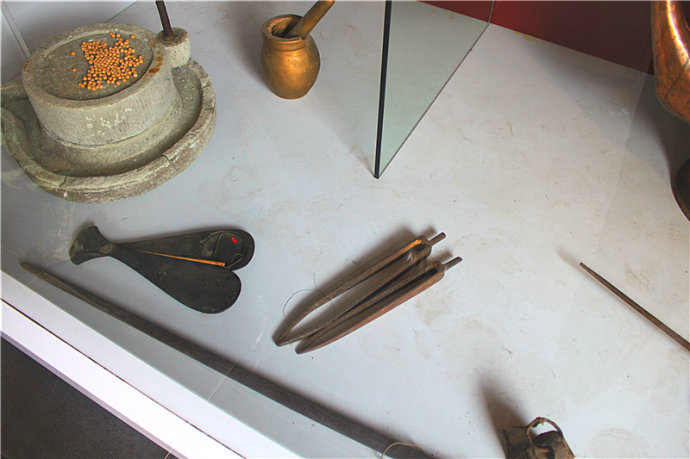The medical theories in ancient China had an independent system. It developed through a historical course from primality to maturity, from simplicity to complication and from chaos to unification. With the appearance of the "Yellow Emperor’s Canon of Internal Medicine" , a more systematic theory of the Chinese medicine came into existence, based on the practitioners’ experiences and the development of natural philosophy in the Spring-Autumn-Warring States period.
After the inception of the theoretic system, the Chinese medicine progressed further. Many renowned medical practitioners emerged. They proposed different medical theories and formed different schools of medicine. They wrote many medical works that still have a guiding clinical importance now. Click here to learn Intermenstrual Bleeding in TCM.
The "Yellow Emperor's Canon of Internal Medicine" was compiled from the Warring States Period until the Western Han Dynasty . It was the earliest work on medical theories . It discussed the issues of viscera , channels and collaterals, pathogeny, pathology, diagnostics, treatment , principles , acupuncture, moxibustion, hygiene , etc ., and referred to the conceptions of the ancient Chinese philosophies , such as Jing (essence) , Qi (vitality) , Yin and Yang (negative and positive) and Five Elements (metal , wood , water , fire and earth) , incorporating the ancient materialism and dialectics . The theoretic system of the Chinese medicine had its own scientific implications.

There were eight noted competing medical schools of the Chinese medicine as the following : the Eight Typhoid Masters Schools prior to the Song-Jin Dynasties , the Three Typhoid Schools in the Ming-Qing Dynasties , the Hejian School , the Yishui School , the Febrile-Disease School and the Confluent School .
As pioneers of the medical elite, the Eight Typhoid Masters comprised Wang Shuhe in Jin (4th century), Sun Simiao in Tang, Han Dihe, Zhu Hong , Pang Anshi , Xu Shuwei and Guo Yong in Song , and Cheng Wuji in Jin. They expounded from different angles the gist of diagnosis and treatment proposed in the "Treatment of Typhoid" , influencing greatly the later doctors in treating typhoid .
The Three Typhoid Schools in the Ming and Qing Dynasties are referred to as the Wrong Edition Revision School, the Old Edition Supporting School and Dialectical School . The first school held that there were certain mistakes in the existing old edition and that it should be revised, sponsored by Fang Youzhi at the end of the Ming Dynasty and Yu Jiayan in the beginning of the Qing Dynasty , and a number of doctors followed them afterwards . The second school advocated supporting the old edition . There were also many doctors in this school , who affirmed basically the edition of "Treatment of Typhoid" edited by Wang Shuhe and the "Annotations and Treatment of Typhoid" written by Cheng Wuji . The third school advocated studying the "Treatment of Typhoid" from various angles , and treating typhoid dialectically .
The Hejian School in Song came into shape under specific historic background and social environment. At the outset they discovered the feverish pathology of typhoid and cured it with chilly-natured herbs . They were widely known for treating later typhoid by countering vicious symptoms and nourishing body fluid and blood , and were divided into two sub-schools: One stressed countering vicious symptoms . The other stressed nourishing body fluid and blood. The school broke new ground theoretically and achieved important successes in clinical treatment. They prompted both pathological study and theoretical study in Chinese medicine and provided foundation for the emergence of the Febrile Disease School in Ming and Qing. It was one of the most influential medical schools in the history of Chinese medicine. Click here to learn Lochiorrhea in TCM.
The Yishui School , came into shape on the basis of the study of externally affected febrile diseases carried out by the past doctors. It was fully developed in Ming and Qing, and was divided into the epidemic febrile disease school and febrile disease school. The former carried out researches on epidemic febrile diseases. The latter carried out researches on common febrile diseases (including the damp febrile diseases). They made respective important contributions in that they detached he externally affected febrile disease from the bondage of the "Treatment of Typhoid". So, they played a far-reaching role in the development of the Chinese medicine.

![Diseases, Symptoms, tcm, [tcmwindow.com]](/uploadFile/adImg/2015/11/11/f5cbfcc0-4df5-4646-9b9a-f316651a0199.jpg)





